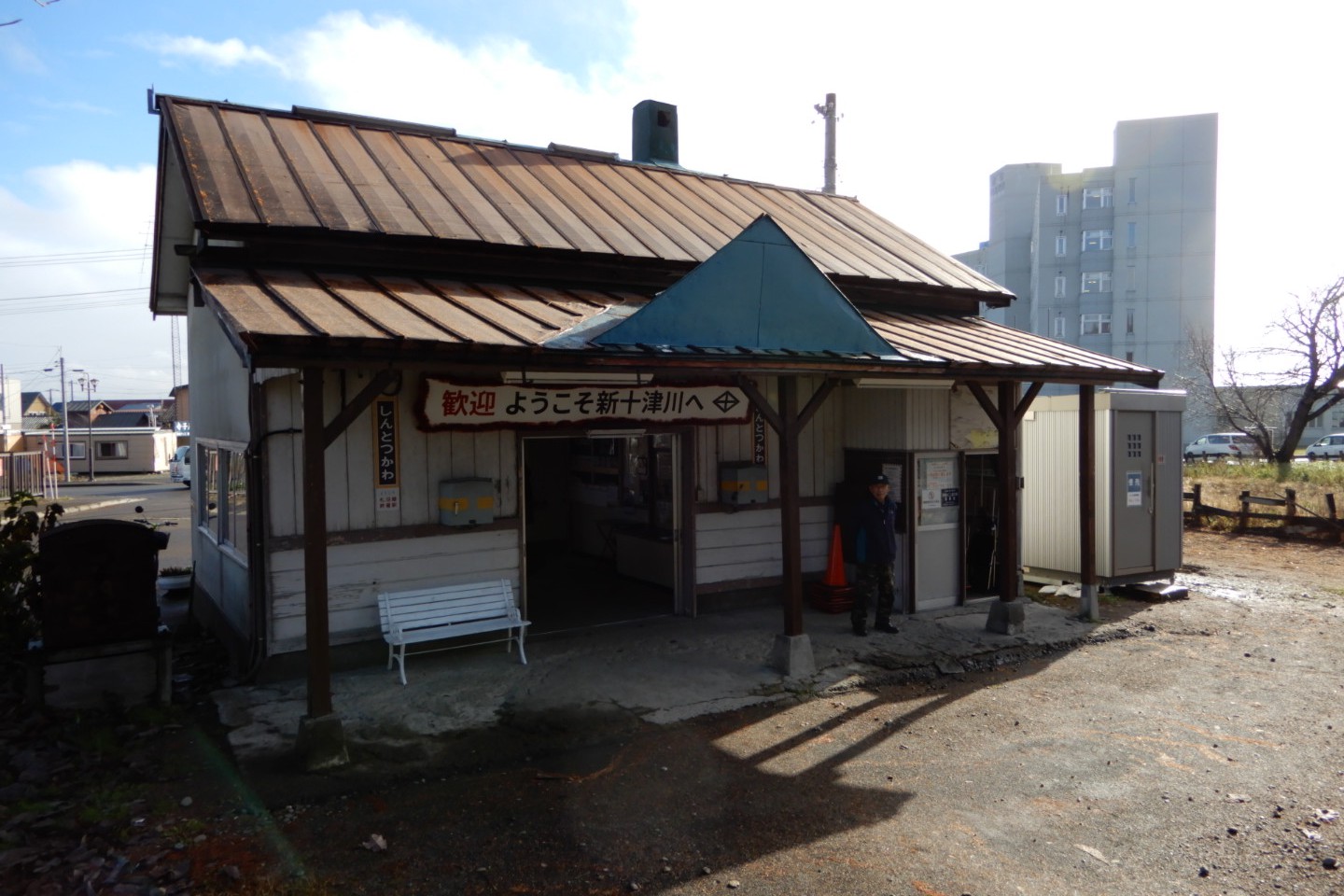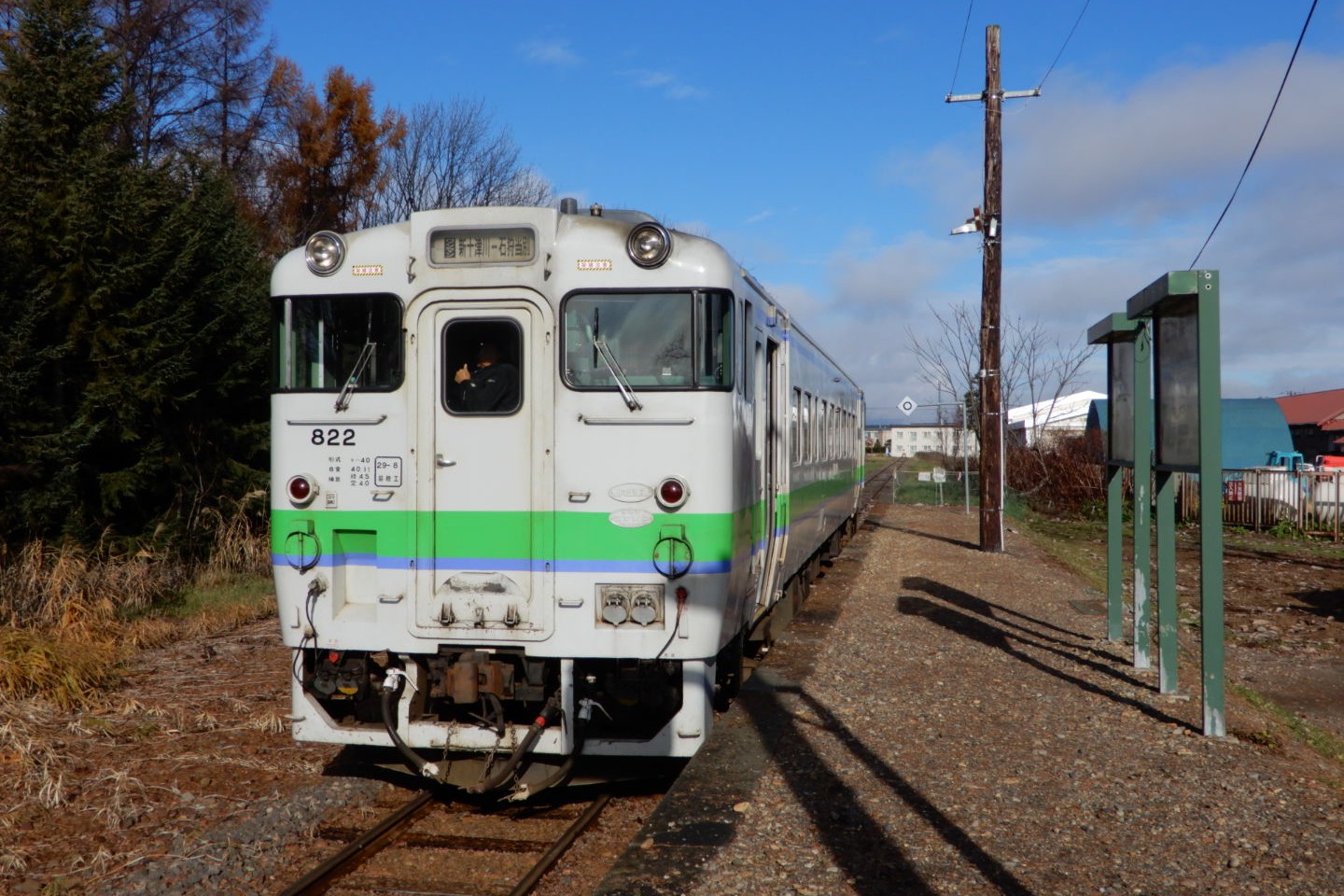Sassho Line
There are many local routes in Japan that are extremely inconvenient to use such as the fact that only one train runs in a few hours. In particular there are many cases where routes with extremely few users are forced to be abolished. Several routes are abolished each time the time schedule revision to be held in March, and extreme rationalization measures such as the station's abolishment station are carried out even on the line which was not abolished. Especially the momentum of discontinued lines and discontinued stations in JR Hokkaido will accelerate, in the time schedule revision in March 2019, the abolition of the Yubari branch line (Shin-Yubari ~ Yubari) of the Sekisho line has been decided, and Hattaushi station of Nemuro Main Line is also scheduled to be abolished. In investigating the current state of JR Hokkaido's local routes this time, I decided to deal with the Sassho line which has the most complicated circumstances among the routes that will be abolished certainly. On the Sassho Line, it is decided to abolish some sections within the year 2019. Here we will describe the challenges faced by the Sassho Line and the actual state of affairs.
About the Sassho Line
Sassho Line runs from the Soen station next to Sapporo station to the northeast direction through the west side of the Ishikari River and is a 76.5 km line connecting Shin-Totsukawa station in Shin-Totsukawa Town. The biggest characteristic of the Sassho Line is that the state of the route is greatly different in the section on the southside of Hokkaido-Iryodaigaku Station and the section on the northside. The south side of the Hokkaido-Iryodaigaku Station has a role as a commuting and school route in Sapporo urban area due to development of residential areas and relocation of university campus, so users tend to be stable, and the part of Soen ~ Hokkaido-Iryodaigaku section was elevated, and the route between the Hachiken ~ Ainosato-Kyoikudai are becoming multiple lines. There are Campuses of Hokkaido University of Education and Health Sciences University of Hokkaido which are scattered around the Ainosato-Koen Station along the line, and there is a campus of Health Sciences University of Hokkaido which is also a station name in front of the Hokkaido-Iryodaigaku Station, the demand for attending school is great during the morning and evening hours. On the other hand, users are extremely few in the northern part of Hokkaido Medical University Station, and as described above, some sections will be abolished in fiscal 2019.
Mode of operation
Because the electrified section and the non-electrified section coexist on the Sassho Line, the operation of the train is also very different. Specifically, Sapporo · Soen ~ Ishikari-Tobetsu · Hokkaido-Iryodaigaku (In Sassho Line itself, Soen ~ Hokkaido-Iryodaigaku is electrified, but here, adjacent Sapporo station and Ishikari-Tobetsu station are also added for convenience of explanation of operation form) is electrified section, Hokkaido-Iryodaigaku ~ Shin-Totsukawa section is non electrified section, the electrified section is 28.9 km, the non-electrified section is The ratio of 47.6 km, so non-electrified section proportion is high. In the electrified section and the non-electrified section, the number of users is greatly different, and there are differences in the operation form. Here I would like to look at the electrified section and the non-electrified section separately.
Operation form from Hokkaido-Iryodaigaku Station and to the south (electrified section)
In Soen ~ Ishikari-Tobetsu, trains are operated about third times per hour, and some trains are operated to Hokkaido-Iryodaigaku Station which is located one after next.
Trains are operated by 6 car trains (partly 3 car trains) in generally from Hokkaido-Iryodaigaku station and to the south.
Between Soen ~ Ishikari-Tobetsu is operated mainly between Sapporo ~ Ainosato-Koen · Ishikari-Tobetsu · Hokkaido-Iryodaigaku, but "Rapid Airport" connecting Ishikari-Tobetsu ~ Sapporo ~ New Chitose Airport is setted only once a day round trip.
Also, the train to New Chitose Airport, which is the first train from Ishikari-Tobetsu, is also known as the first train of "rapid airport".
Operation form from Hokkaido-Iryodaigaku Station and to the north (non-electrified section)
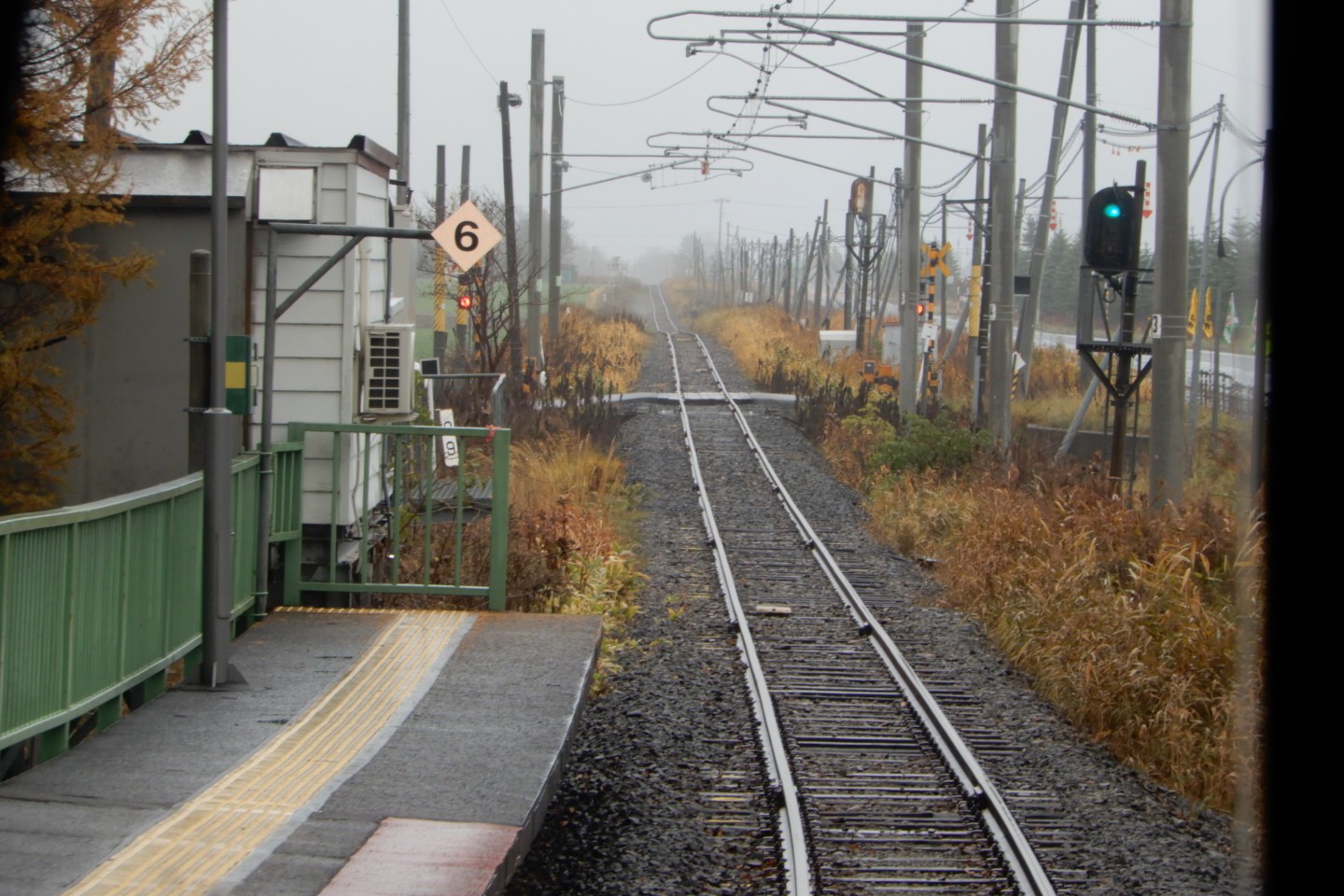
|
| After passing Hokkaido medical university station, it becomes a non electrified section. |
The section from the Hokkaido-Iryodaigaku Station and to the north is a non-electrified section, and operated by 1 car train from Ishikari-Tobetsu Station as the starting point, but Ishikari-Tobetsu ~ Urausu 6 round trips, Ishikari-Tobetsu ~ Shin-Totsukawa one round trip, Ishikari-Tobetsu → Ishikari-Tsukigata only twice, especially about 13.8 km between Urausu ~ Shin-Totsukawa, only one round trip per day.
About Usage Status
I got on the train bound for Ishikari-Tobetsu from Sapporo and the first train and the last train bound for Shin-Totsukawa from Ishikari-Tobetsu. Here we will consider about Sassho Line and separated at Ishikari-Tobetsu to compare north side and south side.
First of all, in the southern part of Ishikari-Tobetsu Station, trains are operating in 6-cars formation, I saw that the boarding rate is over 70% and there were some vacant seats.
There were many rides only from one section of Sapporo to Soen, and when entering the Sassho Line section from the Soen Station, the boarding rate was decrease and became more than 50%, vacant seats were conspicuous in some places. Bound for Ishikari-Tobetsu train passenger's main getting off station is concentrated in 3 stations, Ainosato-Kyoikudai Station, Ainosato-Koen station, Ishikari-Tobetsu Station, and customers connecting from Ishikari-Tobetsu Station were conspicuous.
Although there was no congestion like a commuter rush in the down train, it was impressive that the train heading towards Sapporo was crowded train to be said to be a crowded train.
Regarding here, the use by commuters from Sapporo area to Sapporo area has been bed town station in Sapporo such as Ishikari-Tobetsu Station and Ainosato-Koen station.
The section north of Ishikari-Tobetsu station runs only one train formation train, the passengers of the transfer from Sapporo direction occupy the majority in the 7: 45 train, and overlap with the school time zone It was a situation that the number of passengers was about 70 to 80%, and some of the passengers were standing inside the train.
Half of them got off at Hokkaido-Iryodaigaku Station next to Ishikari-Tobetsu Station.
Because it is often extended to Hokkaido medical university station during the day, I thought that it is unusual to show the crowding like the one described above.
After passing Hokkaido Medical University, the train runs in the countryside where the population is extremely small and runs through many unmanned stations. Of course there were many stations which had non passengers.
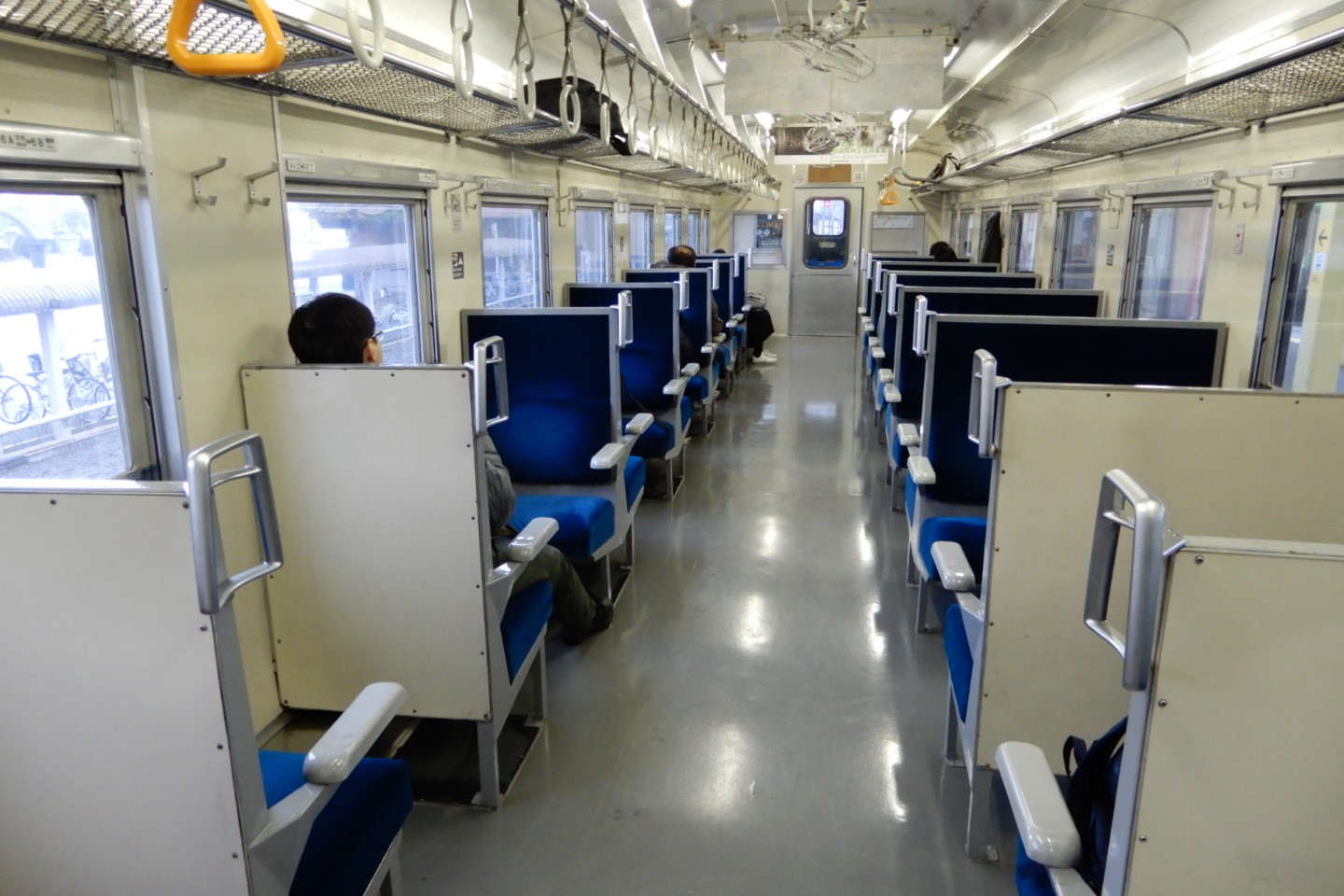 About 10 ~ 15 people got off at Ishikari-Tsukigata Station which advanced about 20 minutes past Hokkaido-Iryodaigaku, and the boarding rate which was about 50% so far fell to around 30%.
About 10 ~ 15 people got off at Ishikari-Tsukigata Station which advanced about 20 minutes past Hokkaido-Iryodaigaku, and the boarding rate which was about 50% so far fell to around 30%.
There were only about ten people riding at the departure point of Urasa station, most of which were users of railway enthusiasts and tourists.
After that, train arrived at Shin-Totsukawa Station.
|
|
Appearence of Shin-totsukawa town
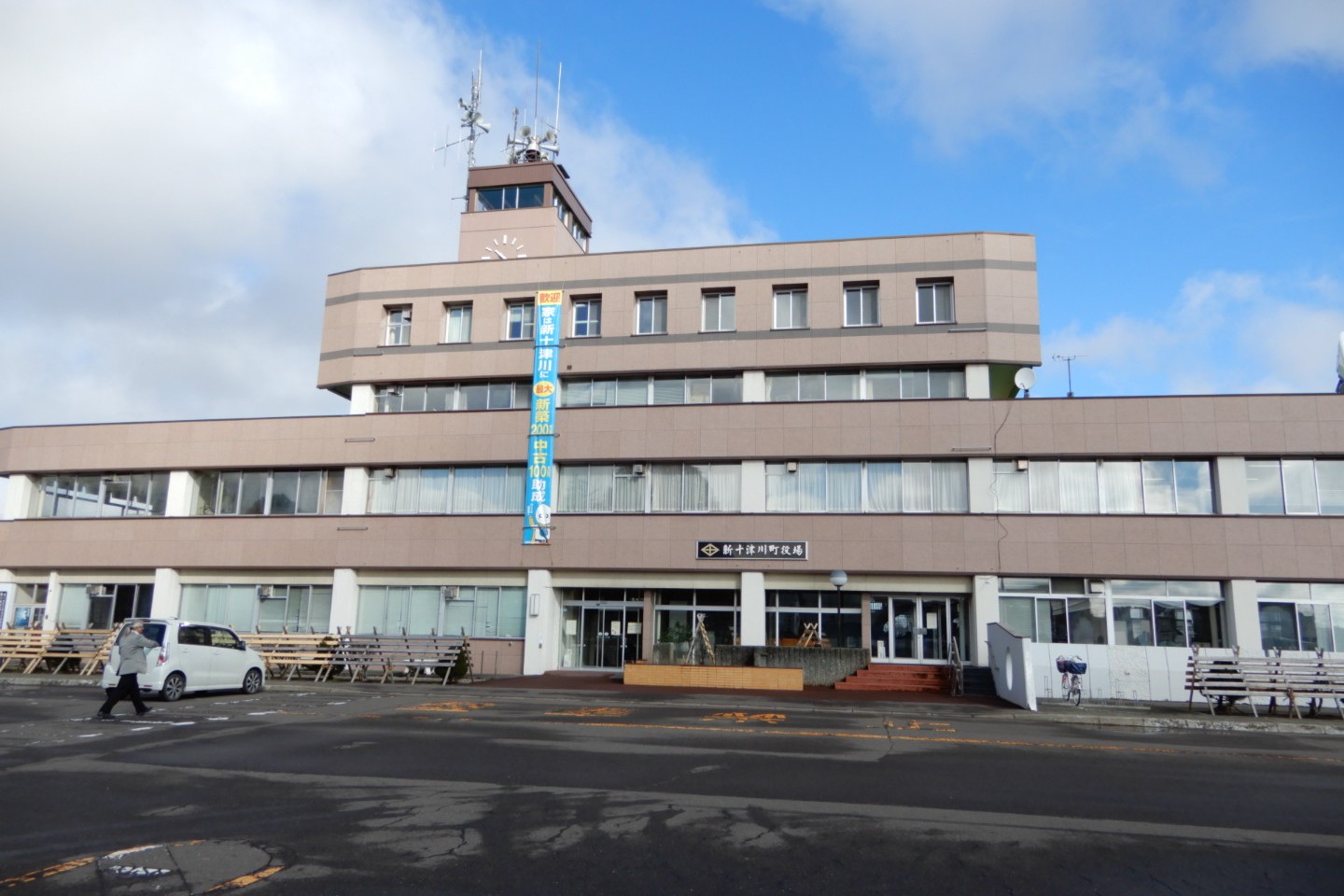 I visited Shin-totsukawa Town Office located 5 minuits On foot from Shitsuigawa Station.
I thought about examining the data on the discontinuation of the Sassho Line and the schedule after the discontinuation, but unexpectedly the town had not pushed the abolition to the front, and I received the impression that it was "general town office".
Although information on the Sassho line was not obtained in the survey at the government office, the population as of November 1, 2018 is 6625 (3077 men, 3548 females), obtaining information that it is 2966 households I made it.
Considering from this data, it is difficult to predict the demand of the train but it is necessary for future Shin-Totsukawa town residents after the abolition of the Sassho line, there is actually alternative means I tried to find out. It was in the city of Takigawa, located in the opposite side of the Ishikari River.
I visited Shin-totsukawa Town Office located 5 minuits On foot from Shitsuigawa Station.
I thought about examining the data on the discontinuation of the Sassho Line and the schedule after the discontinuation, but unexpectedly the town had not pushed the abolition to the front, and I received the impression that it was "general town office".
Although information on the Sassho line was not obtained in the survey at the government office, the population as of November 1, 2018 is 6625 (3077 men, 3548 females), obtaining information that it is 2966 households I made it.
Considering from this data, it is difficult to predict the demand of the train but it is necessary for future Shin-Totsukawa town residents after the abolition of the Sassho line, there is actually alternative means I tried to find out. It was in the city of Takigawa, located in the opposite side of the Ishikari River.
Relationship between Takigawa city and Shin-totsukawa town
Takigawa City, which is adjacent to Shitotsugawa Town across the river, is a large city with a population of 40 thousand, and the center of Takigawa City is about 4.5 km away. JR Takigawa station located in the center of Takikawa city is a large station which is all the express trains of Hakodate Main Line stopped and is also the starting station of Nemuro Main Line. Takikawa City functions as a key transportation destination, such as a high-speed bus to Sapporo operated 17 times a day.
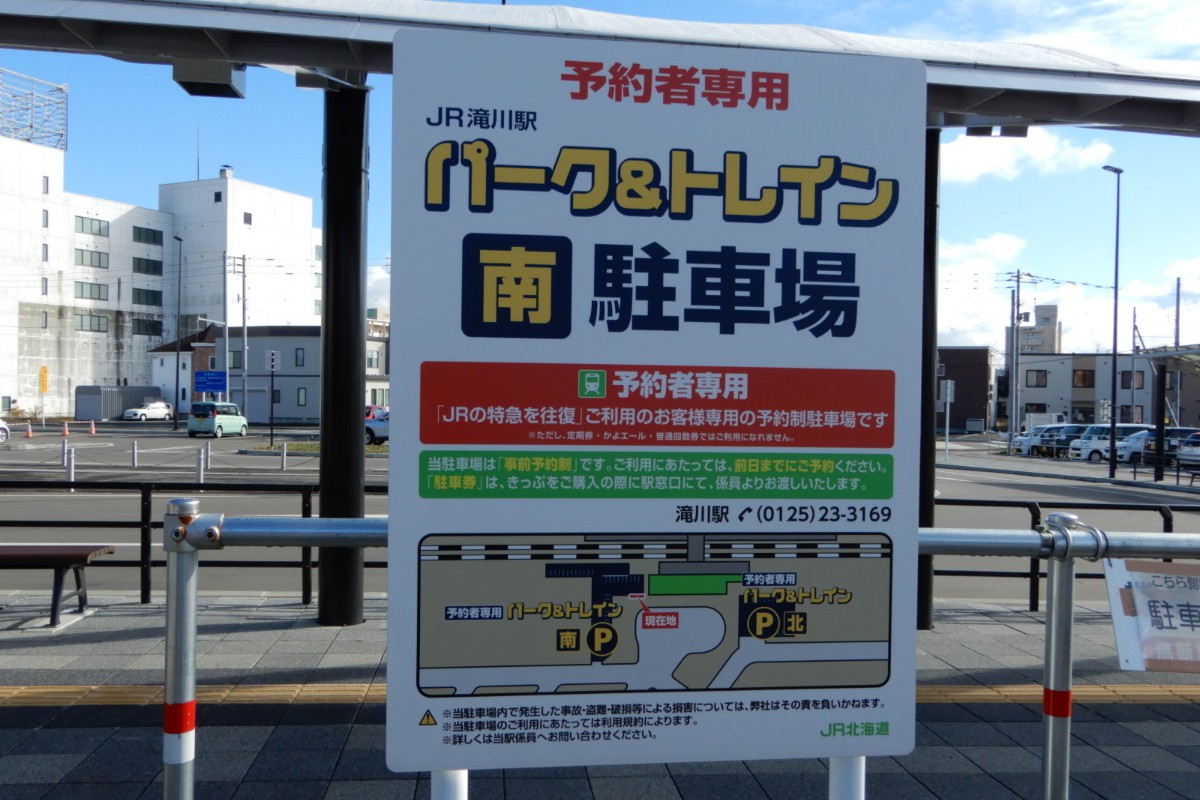 There is already a route bus route between Takigawa Station and the Shitsu River office, but only one car is driven in one hour from 7 o'clock to 19 o'clock, and Takigawa City will transport traffic in Shitsuigawa Town I thought it difficult to take over, but I decided that something was devised as the Takeda line was abolished, and I visited JR Takigawa station.
"Park and train parking lot" and "Park and bus ride parking lot" are in place in front of Takigawa station, and efforts are made to blend cars and public transportation facilities.
Although parking and train parking lot is restricted by advance reservation system, it can be used free of charge for parking under the condition that "JR express train use round trip".
"Park and Bath Lido parking lot" is a system for high-speed bus passengers, and reservation is not necessary, and parking fee can be used for free.
In this way, a system that allows smooth interchange of private cars and railway / high-speed buses is already in place, and even though the watch line will become a waste line in the future, alternative transport modes of Shitotsukawa town residents have already been improved to some extent I received the impression that.
There is already a route bus route between Takigawa Station and the Shitsu River office, but only one car is driven in one hour from 7 o'clock to 19 o'clock, and Takigawa City will transport traffic in Shitsuigawa Town I thought it difficult to take over, but I decided that something was devised as the Takeda line was abolished, and I visited JR Takigawa station.
"Park and train parking lot" and "Park and bus ride parking lot" are in place in front of Takigawa station, and efforts are made to blend cars and public transportation facilities.
Although parking and train parking lot is restricted by advance reservation system, it can be used free of charge for parking under the condition that "JR express train use round trip".
"Park and Bath Lido parking lot" is a system for high-speed bus passengers, and reservation is not necessary, and parking fee can be used for free.
In this way, a system that allows smooth interchange of private cars and railway / high-speed buses is already in place, and even though the watch line will become a waste line in the future, alternative transport modes of Shitotsukawa town residents have already been improved to some extent I received the impression that.
Summary
This time, we investigated closely around the Shin-Totsukawa station at the end point about the section north of the Hokkaido Medical University Station of the Sassho Line, which is sure to be abolished during the year 2019, and the actual status of the Sassho line I looked at the state of the town and about alternative alternative transportation in the future. Basically, after the abolition of the railway line, conversion to the bus route has been generally performed, but as in this case use of already existing transportation means, combined use of public transportation and private cars I felt that there is also a relatively unusual example of that. Even saying that we simply abolish the line, I thought that it is very important to firmly carry out the traffic improvement after the disposal line.


